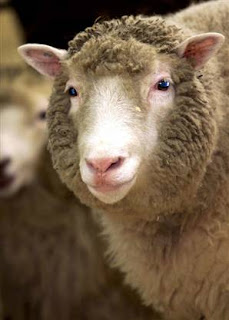


Many arthropods and nearly all vertebrates have acoustical organs and so can hear sounds. For example, humans and other land-dwelling mammals have a pair of distinctive ears. Small organs, flush with the body surface, serve comparable functions in insects and amphibians. Such organs are located on the front legs of crickets and near the hind legs of grasshoppers.
Hearing starts with acoustical receptors, which are vibration-sensitive mechanoreceptors. A vibration is a wavelike form of mechanical energy. For example, clapping produces waves of compressed air. Each time hands clap together, molecules are forced outward, so a low-pressure state is created in the region they vacated. The pressure variations can be depicted as a wave form, and the amplitude of its peaks corresponds to loudness. They frequency of a sound is the number of wave cycles per second. Each cycle extends fro the start of one wave peak to the start of the next. The more cycles per second, the higher the frequency, and the higher the perceived pitch of the sound.
When sound waves arrive at an acoustical organ, they encounter a membrane and make it vibrate. In invertebrates, vibrations directly stimulate mechanoreceptors attached to the membrane. In vertebrates, the membrane vibrations cause a fluid inside the ear to be displaced. The fluid movement causes mechanoreceptors to bend. With enough deformation, action potentials are produced. They travel along an auditory nerve leading from the receptors to the brain.
The introduction to this chapter described the sense of hearing that is associated with echolocation. Although we cannot hear them, the extremely high frequency waves (ultrasound waves) produced by an echolocating bat are not weak. They have been measured at 100 decibels which is in the same range as thunder or a freight train racing past.






